What do Chinchillas Eat in the Wild
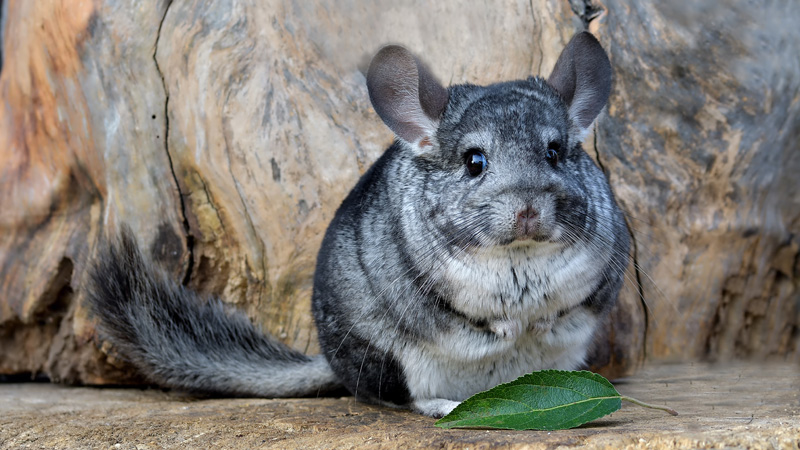
Chinchillas, known for their luxurious fur and adorable appearance, are herbivores that have evolved to thrive in the high-altitude regions of the Andes Mountains in South America. In their natural habitat, these small rodents have access to a variety of plant resources that contribute to their specific dietary needs. Understanding what chinchillas eat in the wild is crucial for their overall health, reproductive success, and conservation efforts.
In this article, we'll take a deeper dive into the culinary preferences of chinchillas, exploring their natural diet and the significance of these dietary choices in their survival.
The Herbivorous Lifestyle
Chinchillas are strict herbivores, subsisting solely on plant-based diets. Their digestive system is specifically adapted to process and extract nutrients from plant material. As such, their natural diet is abundant in plant components that provide the necessary nutrients, vitamins, and minerals vital for their well-being.
A Staple in Chinchilla Diet: Grasses
In the wild, chinchillas primarily rely on various grass species as the foundation of their diet. The Andean grasslands, or Puna ecosystem, provide a diverse range of grasses, including Jarava ichu or "Peruvian Feather Grass," Festuca orthophylla, and Stipa ichu, commonly known as "Sacaton." These grasses are rich in fibers, providing chinchillas with the necessary bulk and roughage for healthy digestion. Consuming grasses also helps maintain proper dental health, as the constant gnawing action aids in wearing down their ever-growing teeth.
Chinchillas have a unique feeding behavior. They sit on their hind legs and hold their food in their front paws, bringing it close to their mouths. This feeding posture not only allows for efficient consumption of food but also serves as a natural grooming behavior, as chinchillas often nibble and groom their fur while eating. It's essential for chinchilla caretakers to appreciate and understand these natural behaviors when providing food and enrichment in captivity.
Shrubs and Herbs
In addition to grasses, chinchillas incorporate a variety of shrubs and herbaceous plants into their diet. This broadens their nutrient intake and provides vital vitamins and minerals. Examples of shrubs favored by chinchillas include Bacharis andescolla, Baccharis latifolia, and Fabiana densa. These shrubs offer not only nutritional benefits but also serve as additional forage material that helps satisfy their chewing instincts.
Forbs and Succulents
Forbs and succulents play a complementary role in the chinchilla's diet. These plants, characterized by their high water content, provide hydration while adding diversity to their nutritional intake. Species like Trichocline reptans, Calceolaria integrifolia, and Cistanthe are valued for their succulent leaves and are consumed by chinchillas as a source of moisture during periods of limited water availability.
Mosses, Lichens, and Bark
In some instances, chinchillas will supplement their diet with mosses, lichens, and bark. These resources are particularly vital during times of food scarcity, such as the dry season or harsh winters at higher altitudes. The lichens, such as Usnea, and mosses, including Sphagnum, provide an additional source of nutrients and hydration when other food supplies are limited.
Adapting to the Environment
Chinchillas have both physiological and behavioral adaptations that allow them to thrive on a diet limited to plant materials. Their digestive system features a relatively long cecum, which assists in fermenting fibrous food and extracting essential nutrients through microbial digestion. This adaptation enables them to efficiently process complex plant compounds, such as cellulose and lignin, that are indigestible to many other animals.
Chinchillas are crepuscular, meaning they are most active during dawn and dusk. This behavior aligns with the availability of their preferred food resources. By feeding during these low-light periods, they can take advantage of the optimal moisture content and nutritional value of plants before direct sunlight depletes their water content, altering their nutritional composition.
Maintaining a Balanced Diet
Chinchillas have a remarkable ability to maintain a balanced diet by selectively consuming various plants in their environment. This selective feeding behavior is thought to be an adaptive strategy to ensure they acquire the necessary nutrients and avoid potential toxins. By sampling a diverse array of plant species, chinchillas can optimize their nutrient intake and minimize the risk of consuming toxic plants that may be present in their habitat.
Reproduction and Special Dietary Requirements
During the breeding season, female chinchillas have specific dietary requirements to support successful reproduction. They need an increased intake of calcium and phosphorus to support the development of strong fetal bones. Consequently, they may seek out specific plants that offer higher levels of these minerals, such as species from the Brassicaceae family. By selectively consuming these plants, female chinchillas ensure the healthy growth and development of their offspring.
Conclusion
In the wild, chinchillas naturally consume a variety of grasses and herbaceous plants. Grasses provide them with the necessary fiber and roughage for proper digestion, as well as essential nutrients. Leaves and twigs are also part of their natural diet and contribute to their overall nutritional intake.
It's important to note that high-quality hay should be the primary food source for captive chinchillas as well. A variety of grass hays, such as timothy hay, meadow hay, or orchard grass hay, can be provided to mimic their natural diet and meet their specific dietary requirements. Hay should be available at all times to ensure their digestive systems function properly.
Supplementing their diet with a limited amount of chinchilla pellets specially formulated for their nutritional needs can be considered. However, pellets should not be the main food source, as they may not provide the necessary roughage and dental wear that hay and grass offer. Fresh clean water should also be readily available to chinchillas at all times.
Maintaining a balanced diet that includes hay, grass, limited pellets, and fresh water is essential for the overall health and well-being of chinchillas, whether in the wild or in captivity. Additionally, providing opportunities for natural foraging and chewing on safe woods and twigs can help fulfill their natural behaviors and dental needs.
You May Also Like
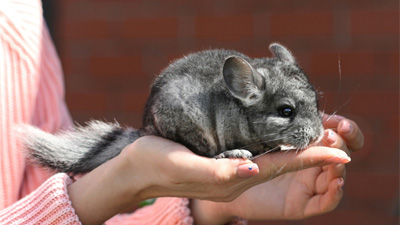 Other PetsTop 30 Unique Chinchilla Names
Other PetsTop 30 Unique Chinchilla Names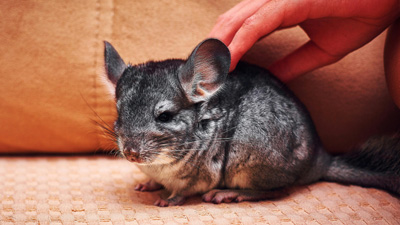 Other PetsBeginner's Guide: What is a Chinchilla?
Other PetsBeginner's Guide: What is a Chinchilla?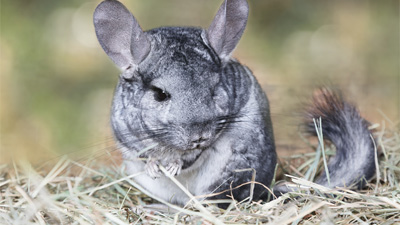 Other Pets7 Ways Chinchillas Use to Protect Themselves in the Wild
Other Pets7 Ways Chinchillas Use to Protect Themselves in the Wild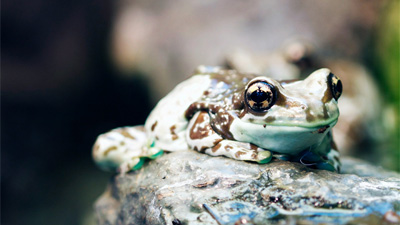 Help & AdviceExploring 10 Easiest Exotic Pets to Take Care Of
Help & AdviceExploring 10 Easiest Exotic Pets to Take Care Of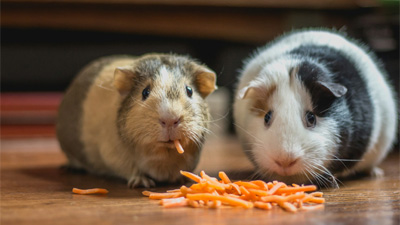 Help & AdviceThese 5 Types of Small Pets Like To Cuddle
Help & AdviceThese 5 Types of Small Pets Like To Cuddle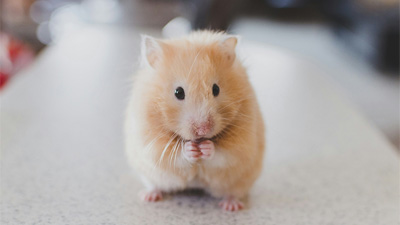 Pet HamsterWhat is the Most Common Type of Hamster?
Pet HamsterWhat is the Most Common Type of Hamster?